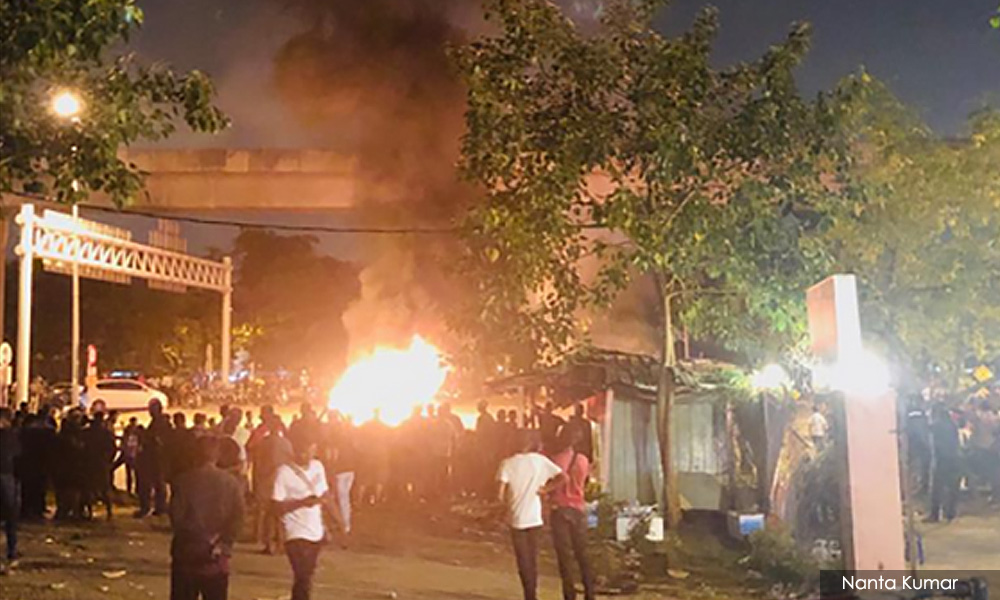
Early this week, when the government rushed to declare that the rioting around the Seafield Sri Maha Mariamman temple in Subang Jaya had nothing to do with race, the reason was obvious.
The government of the day is, of course, keen to downplay any suggestion that race relations in Malaysia are in a bad state. If that were true, it would to some extent mean that the government is not doing its job.
After a clearer picture of the facts emerged, I concur that race was not a big factor as to why the Seafield riots happened.
However, I do believe that race is a huge factor in how the general public is dealing with its aftermath.
The number of people who were actually involved on the ground during these events was relatively small. For a large segment of the Malaysian population, however, the aftermath of this issue is becoming a big part of public discourse.
I think as we continue to reflect on this issue, it is important we do so through the lens of truth, and not just via political bias.
If we are to ever reach genuine national unity, there are things we need to face honestly and head on.
Examining facts
The information that came out in the early days was typically unreliable.
As the dust finally settles, a more dependable picture seems to be emerging.
It appears that an individual (who has legal qualifications but is not a practising lawyer) working for One City Development Bhd hired some men to 'secure' the temple that Monday night.
One City’s parent company issued a statement stating its version of the events, which indicated:
"The personnel on site, were in fact, directed to provide logistical support and assist in the orderly relocation under police watch.
"The temple transfer operations have always been coordinated with the local authorities and relevant agencies to ensure its proper and peaceful relocation.”
Criminally liable perpetrators
This I do not find plausible. What “logistical support” could so many men be providing at 2am at the temple?
Clearly, there were no police personnel there at the time, so claims of them being there to “assist in the orderly relocation under police watch” also seems extremely facetious.
We will require a full and transparent investigation before ascertaining anything, but on the surface, it certainly looks like there was a criminal element here. If so, responsible individuals should obviously be persecuted to the full extent of the law.
All that said, there does not appear to be a substantial racial element involved in this original instigation.
From our experience of what tends to happen in Malaysia, the responsible individual was probably hired as some sort of 'fixer' for One City, and was implicitly or explicitly tasked with making their Seafield problem “go away.”
This fixer probably knew a guy (or knew a guy who knew a guy) who could provide muscle and intimidation. Maybe he thought with a little roughing up, the temple would devotees submit to the pressure.
To reiterate, this is, of course, all just speculation, based on observable facts.
Escalation
What happened next did have an element of race.
By Tuesday, the narrative that was probably spread among certain Indian groups was that the temple was under attack from Malay gangsters.
By the second night, it would have been pretty obvious that things would have turned out badly for any non-Indian gangsters that would show up.
The Malays that were there were from the police and the fire department, and they – firefighter Mohammad Adib Mohammad Kassim in particular – were wrongfully associated with the Malays from the night before, leading him to fall victim to the mob.
How much was race a factor?
It would be inaccurate to deny any element of race whatsoever in the conflict at the Seafield riots.
With that said, I do agree that the larger issue is a criminal one. Any violent attack on a public servant who is legitimately executing his duties is a crime, as is damaging property.
These acts tend to be perpetrated by people who are already involved in some sort of criminal element, which is more a factor than the individual’s race. After all, we have gangsters from every ethnic group.
Where race really comes into play in this issue, however, is how the rest of us Malaysians think and talk about what has happened.
The real problem of racism lies with whoever thinks this is an 'Indian problem' or a 'Malay problem'.
Those with prejudice will focus on only one part of the problem, maybe the issue of the temple relocation itself, or the attack on the firefighter.
How we discuss this, and what we say when we do, is important.
I will give two examples.
Old, Umno style racism
The first comes from veteran newsman A Kadir Jasin. We will start from the end of his blog posting, where he likens himself to an old teacher sitting at the back of the class, ready to reprimand any teacher who steps out of line.
This attitude seems to me, rather presumptuous and condescending.
Indeed, in the text and subtext of Kadir’s posting, you can see clear elements of Umno-style racism.
I disagree with Penang Deputy Chief Minister II P Ramasamy on most things, and on most of the occasions when he accuses people of being racist, I am reminded of the boy who cried wolf.
But I must concur with his view that Kadir went out of his way to literally emphasise the colour of Indian skin.
His use of the word "gelap (dark)" and his sarcastic suggestion regarding the use of torch lights is racism at its most transparent and odious.
In any modern democracy, a teacher spouting these types of views – old or young – would be fired immediately.
A more measured, holistic response
A contrasting example comes from an individual I have often said to be overly hot-headed, emotional and in possession of a tendency to shoot from the hip.
This time though, I must admit that Rafizi Ramli has achieved an almost perfectly measured tone, and made extremely relevant and worthwhile points.
He has repeated arguments that I have been trying to make again and again over the years, so will end this article with an excerpt of his own articulate words, and invite you to read and reflect on his article as a whole.
Hopefully, we will heed such wisdom whenever we think about forwarding our next message on Whatsapp.
“We must admit that each one of us carries a racial bias that we need to sort out. We cannot continue talking condescendingly about the other group, yet be in denial that we are not any better than them.
"Each time an event like this happens or an issue that easily brings racial perspectives into it, we must embrace objectivity and learn to see from the other group’s perspective.
"Malays must learn to appreciate the non-Malays' fears and concerns, much in the same way that non-Malays cannot continue to stereotype Malays as being incompetent and stupid (especially when there is a disagreement).
"Finally, try to make friends with people from other races. Only this way, we can embrace each other and work on our racial prejudices.
"If we give all sorts of excuses and blame everything under the sun for not having a multiracial circle of friends – blame the national school, blame the pork, blame the Taliban, but never ourselves – then we are the problem.”
NATHANIEL TAN feels that hiding the sausage trumps blaming the pork. Make love, not war. - Mkini



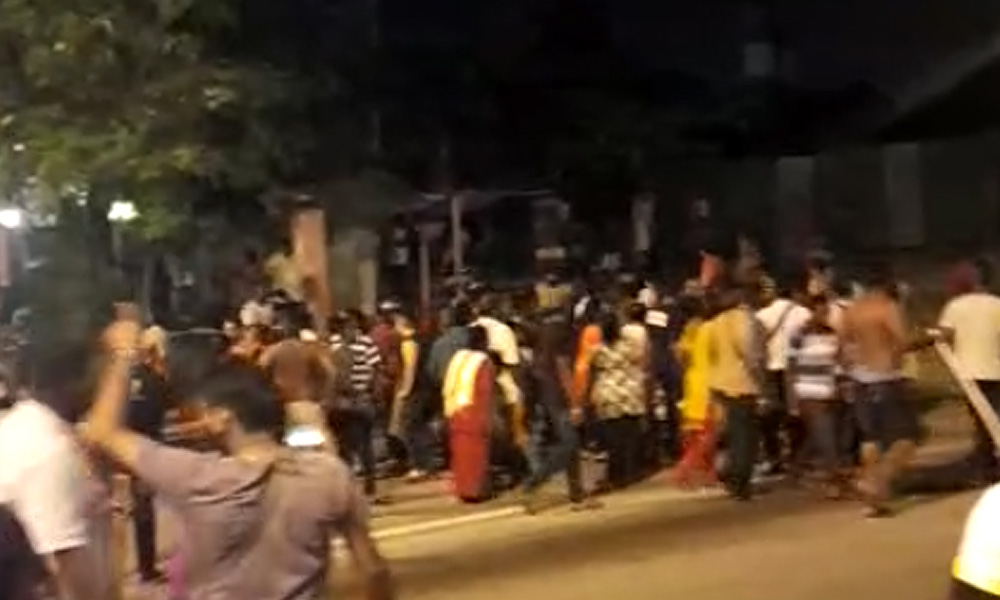
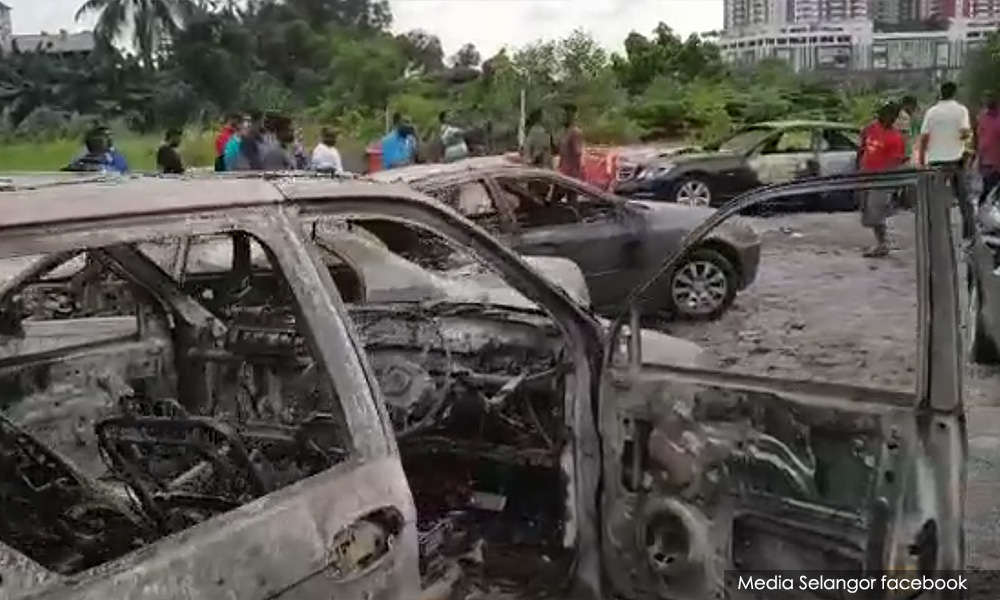
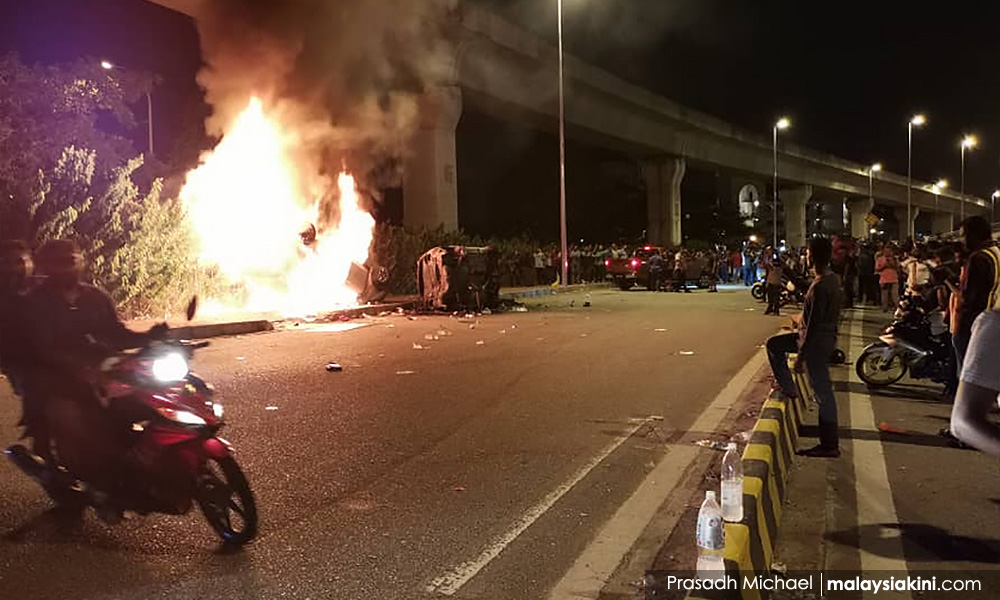
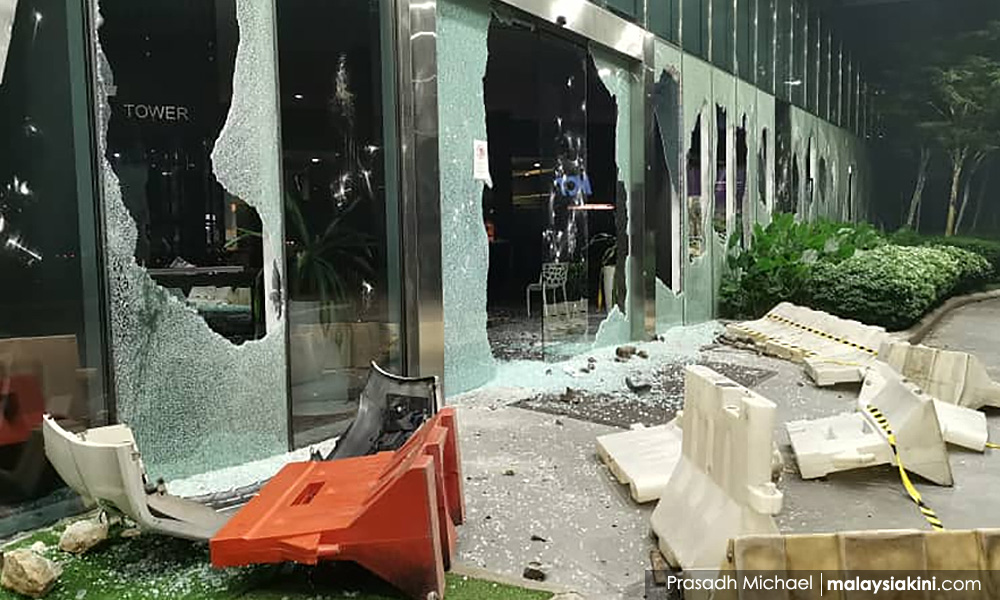
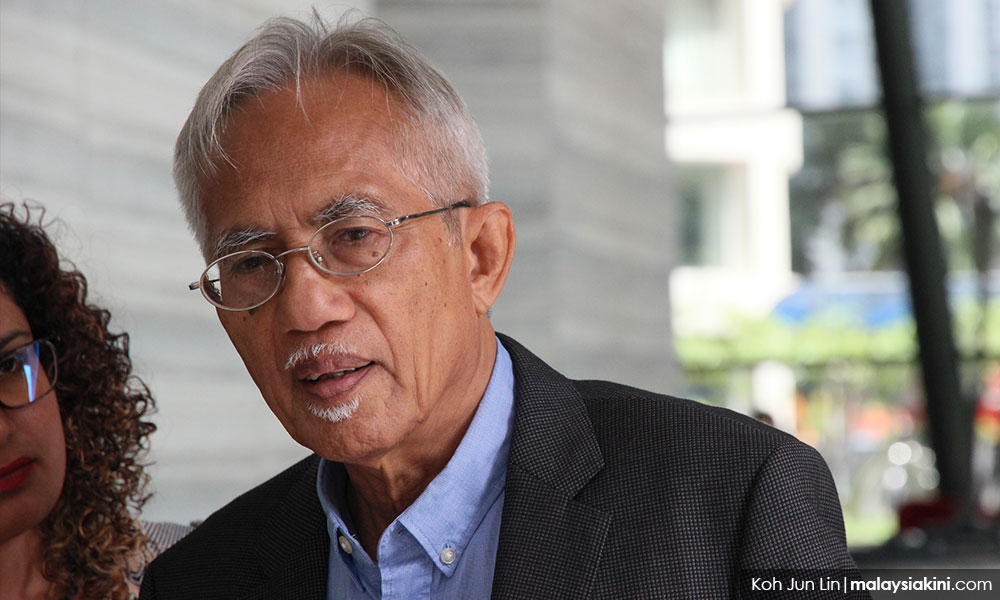
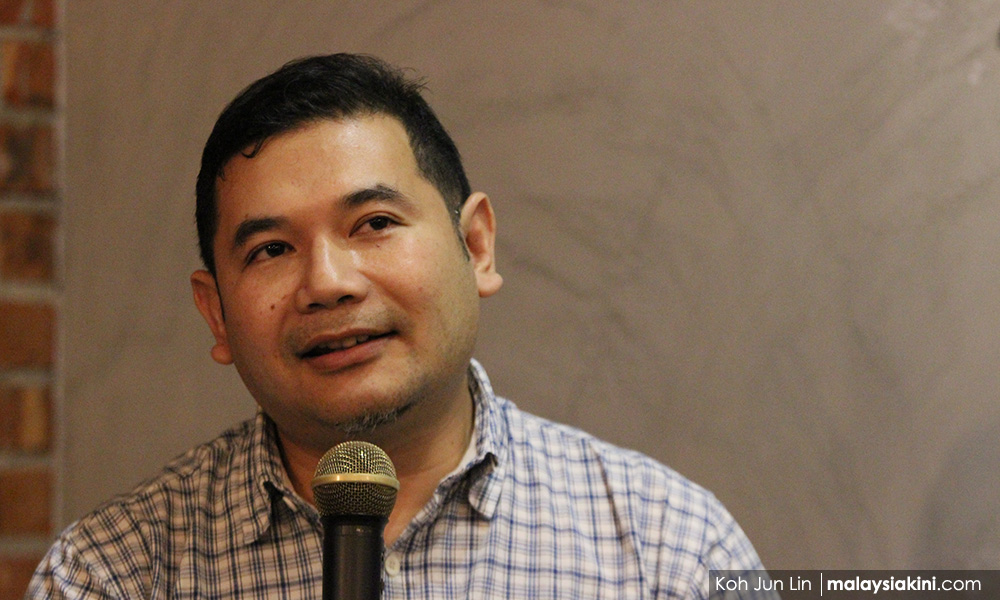
No comments:
Post a Comment
Note: Only a member of this blog may post a comment.